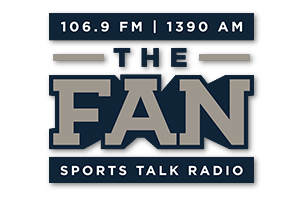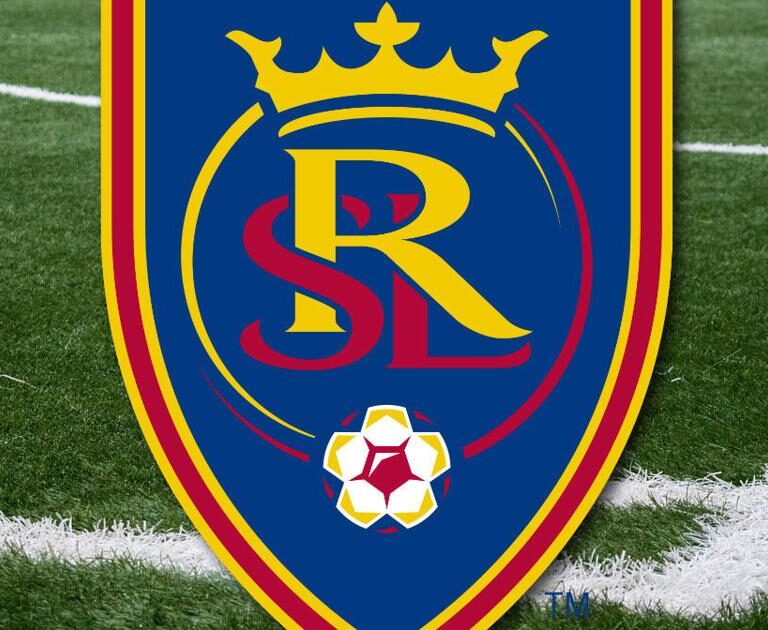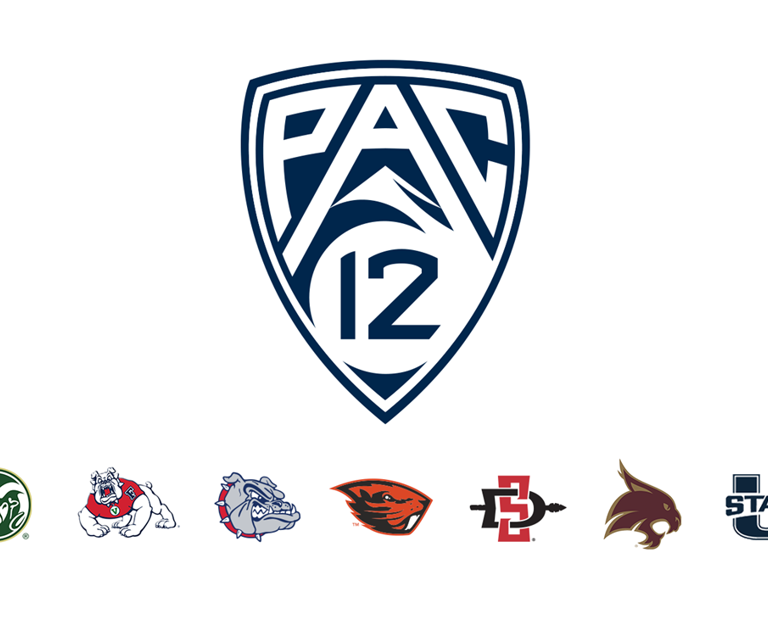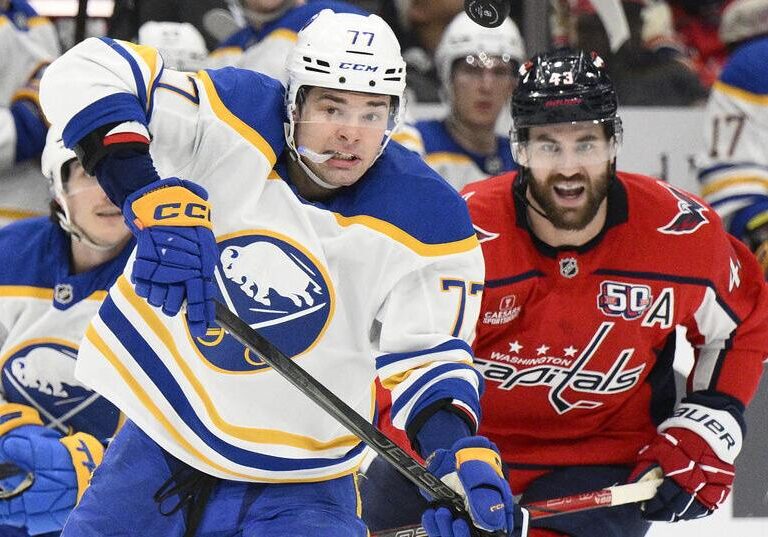Montana State’s Darius Brown II flies to the basket during the game with Kansas State at the Greensboro Coliseum in Greensboro, N.C., on Friday, March 17, 2023.
WOODY MARSHALL, Greensboro News & Record
LOGAN – After three weeks of relatively little news regarding who would replace the nine Utah State men’s basketball players, Danny Sprinkle landed several players in quick succession, getting commitments from Max Agbonkpolo, Darius Brown, Jackson Grant and Great Osobor.
In part one of this set of articles, we went over the five players who were known to be on Utah State’s 2023-24 roster as of April 21 — Dallin Grant, Garrison Phelps, Kalifa Sakho, Karson Templin, and Nigel Burris. This second part will include the players who have joined since, breaking down who these players are and what skills and talents they’ll bring to Utah State.
To see a full list of who has joined Utah State this offseason, check out the transfer tracker which also includes an up-to-date roster for both men’s and women’s basketball.
Max Agbonkpolo
Forward | 6-8 | 196 lbs | Wyoming | 1 year eligibility
5.4 points | 2.8 rebounds | 0.8 assists | 0.6 steals | 0.4 blocks | 37.6 FG% | 30.0 3P% | 68.8 FT%
Agbonkpolo was a four-star recruit coming out of high school, ranking 54th among fellow prospects in the RSCI Top 100 Rankings. His combination of length, athleticism and ball-handling skills was incredibly attractive and according to various recruiting sites he received offers from not only USC, the team he ultimately signed with, but also Arizona, Arizona State, Gonzaga, TCU, Texas and Washington.
Agbonkpolo is a bit of an unfortunate case as it’s sad to see any player enter his fifth season of college basket ball and still have the word “potential” heavily attached to his prospective impact for a team. He was loaded with it in high school with mixtapes showing off all of his physical tools but now he’s a bit of a reclamation project, especially after a disastrous season at Wyoming.
The best version of Agbonkpolo that’s been seen in college was his third season at USC. In that year we find his career-best marks in points, rebounds, blocks, field goal percentage, net rating, Box Plus/Minus, Wins Shares — you probably get the point by now, most of his best single-season numbers were in the 2021-22 season. You can see just how much he dropped off by comparing some of his numbers between the 2021-22 and 2022-23 seasons.
| Stat | ’21-22 (USC) | ’22-23 (WYO) | Difference |
|---|---|---|---|
| Points | 7.7 | 5.4 | -2.3 |
| FG% | 45.5% | 37.6% | -7.9% |
| Net Rating | +3.7 | -20.8 | -24.5 |
| Box Plus/Minus | 2.1 | -1.7 | -3.8 |
| Win Shares | 1.9 | 0.1 | -1.8 |
Not every statistical category took a nosedive for Agbonkpolo at Wyoming. He saw a minor improvement in 3-point percentage (28.6 in ’21-22 to 30.0 last year on higher per-minute shot attempts) and also posted the best rebounding percentage of his career (10.8 after never surpassing 9.0 in a single season at USC). So there were some improvements made, but much of what made Agbonkpolo effective that 2021-22 season at USC was lost.
Perhaps the biggest part of that was his effectiveness as a slasher. In 2021-22, Agbonkpolo ranked in the 83rd percentile (per Synergy Sports) in three different shot types related to driving to the basket — dribble jumpers (88th percentile), runners (83rd) and shots at the rim (86th). These shot types made up a little more than a third of Agbonkpolo’s shot attempts (most of the rest being 3-pointers) and the fact he was good at them made him a viable threat to score from spot-up situations. He wasn’t an on-ball creator, in fact he got himself into trouble when trying to be an on-ball creator with turnovers and poor shots. But in a lower volume of attempts, isolated around the paint and 3-point line, Agbonkpolo found a niche where he could be an effective part of any offense.
Theoretically, Agbonkpolo should have been able to thrive in Wyoming’s offense, given it was supposed to run through Hunter Maldonado and Graham Ike where one or the other isolates in the mid-post and either creates a shot from that position or finds an open man if the defense sends help. Agbonkpolo probably figured he could slide in the lineup alongside Ike and Maldonado and find plenty of open shots but as we all saw, the season didn’t go the way the Cowboys expected and things simply fell apart. In all of the categories where Agbonkpolo had been elite, he became sub-optimal, ranking below average in shots at the rim (39th percentile) and runners (46th) and slightly above average in dribble jumpers (63rd). His combined efficiency on all three of those shot types fell from 1.21 points per possession to just 0.94.
Another aspect of Agbonkpolo’s game that sort of disappeared was his defensive impact. “Sort of” because his defensive metrics likely took a hit because of Wyoming’s overall ineptitude and if you look at his individual performance you can still see the versatility of Agbonkpolo’s defense and his value to any scheme. Advanced stats like Defensive Box Plus/Minus caught on to his defensive impact at USC along with EvanMiya.com’s Bayesian Performance Rating. Both of those had Agbonkpolo as one of the team’s better defenders on USC teams that were stacked with good defensive players.
Versatility is the key word for Agbonkpolo’s defense. He has the length and quickness to guard pretty much any position. Looking back on Wyoming’s game at Utah State, he started by guarding Taylor Funk, but also switched onto Max Shulga and even Trevin Dorius at times. Agbonkpolo’s not an ideal choice to guard bulky 7-footers since he’s only just 196 pounds, but he can guard 1-5 in a pinch and comfortably guard anyone 1-4 (as he did against Utah State this season). On one possession, Agbonkpolo could close out on the perimeter and another he’ll provide secondary rim protection or rotate down to box out for a rebound.
For Agbonkpolo to be an effective player at Utah State, he’ll need to regain the slashing ability he seemingly left behind at USC and combine it with improved 3-point shooting and defensive versatility. The ship of Agbonkpolo becoming a star wing player has likely long sailed, but his ability to impact games through his defense and secondary scoring ability remains. It’s all up to Sprinkle to draw out what Jeff Linder was unable to find.
Darius Brown
Guard| 6-2 | 205 lbs | Washington | 2 years eligibility
9.1 points | 4.4 rebounds | 4.9 assists | 1.8 steals | 0.0 blocks | 46.5 FG% | 39.7 3P% | 90.9 FT%
If you were to build the ideal collegiate point guard in a lab you’d probably end up with Darius Brown. He possesses every quality a coach could ask for in a lead guard — passing, defense, low turnover rate, and high efficiency shooting. All of these things will make Brown possibly the most valuable player on Danny Sprinkle’s squad next year, even if he’s unlikely to be a volume scorer.
Brown’s passing will be his primary impact on offense and it’s something he’s prolific at. Last year Brown ranked second in the Big Sky in assists per game and 37th in the country in assist percentage. But alongside that, Brown is among the best at protecting the ball while still dishing out as many assists as possible. Brown ranked ninth in the country in assist-to-turnover ratio and was one of just four players last year to accumulate at least 160 assists and commit fewer than 60 turnovers.
With that passing ability, the pick-and-roll will be Brown’s bread-and-butter as a player. And the great part about it is that Brown is a highly efficient scorer in the pick-and-roll as well. He brutally punished defenders who went under screens by making 44.0 percent of 3-pointers in pick-and-roll actions and overall averaged 0.971 point per possession when attempting to score in those situations (44th-best among players with at least 100 pick-and-roll possessions).
That leads us into Brown’s overall shooting numbers. His percentages speak for themselves (46.5 percent overall, 39.7 from three, 90.9 on free throws), they’re just plain good. An important piece of context though is that they come in low volume. Brown has never been a volume scorer, instead living on the edge of being a double-figure scorer (in all four of his non-injury seasons his scoring average sits between 8.3 and 10.5). But the fact that Brown is so efficient will be enough to keep defenders tied to him. If they forget, Brown will make them pay with a pull-up 3-pointer behind a screen or drive down a wide-open lane to the basket. Brown will provide solid supplemental scoring to the offense.
As good as the offense is with Brown, the defense is just as impressive and it’s what really shone through last year with Montana State. He was named Big Sky Defensive Player of the Year, having led the conference in steals (1.8 per game) while also being top in the conference in Defensive Box Plus/Minus (3.0) and second in Defensive Rating (96.5) and Defensive Win Shares (2.0). It can be pretty hard for a 6-foot-2 point guard to make a big enough impact on defense to earn a DPOY award, but Brown did it anyway.
Jackson Grant
Guard| 6-10 | 205 lbs | Washington | 2 years eligibility
0.9 points | 1.5 rebounds | 0.1 assists | 0.2 steals | 0.3 blocks | 28.2 FG% | 0.0 3P% | 50.0 FT%
*Stats are both of Grant’s seasons at Washington combined, accounting for 247 minutes in 39 games
It’s hard to know exactly who Grant is at this point because he’s two full years removed from his peak in perceived value. When Grant committed to Washington in early November 2020 The Seattle Times said that by adding him the Huskies were able to “salvage (the) 2021 recruiting class.” He was the pride of the class and a consolation prize to losing out on Paolo Banchero, another Washington native. Grant had been named Washington High School Player of the Year and a McDonald’s All-American, and was ranked as a top 50 recruit by ESPN. The incredible excitement around Grant revolved around him being a fairly athletic stretch five. Paul Biancardi, ESPN’s National Recruiting Director, called Grant a “legitimate threat both inside and out.” With growth and development, even a future in the NBA was possible.
Fast forward to today and in his collegiate career, Grant has committed as many fouls (34) as he has points (also 34) while shooting 28.2 percent from the floor with zero 3-pointers made. After a sparse 163 minutes in 25 appearances as a freshman, Grant played in just 14 games as a sophomore, going backward in his development.
Things clearly didn’t work out in Washington and the exact reasons are probably going to remain unknown as these kinds of things tend to be. One possible reason is Grant’s inability to bulk up, though that’s not necessarily his fault. According to an SI.com article, Grant was hit with a nasty bout of COVID-19 as a freshman that led to him losing up to 15 pounds. Grant entered college at around 205 pounds and is pretty much back at square one size-wise but is now entering his junior season.
Hopeful fans can look to Sprinkle’s work on one of his former players, RaeQuan Battle. Battle likewise spent two years at Washington (2019-2021), both of which were not very productive. He played a fair bit more than Grant did (about twice as many minutes in total) but was very inefficient, shooting 29.5 percent from the field. Battle was able to turn that around within one season of playing under Sprinkle, making 45.7 percent of his field goals as a junior in Bozeman. Perhaps a similar turnaround can occur for Grant.
Great Osobor
Forward | 6-8 | 245 lbs | Montana State | 2 years eligibility
10.1 points | 4.6 rebounds | 1.0 assists | 0.6 steals | 0.9 blocks | 62.4 FG% | 1/2 3-Pointers | 66.4 FT%
Osobor is a potential hidden gem of a player, one that even Danny Sprinkle, who coached Osobor for two seasons at Montana State, has yet to fully get the most out of. It’s not really Sprinkle’s fault as for the two seasons Osobor spent with the Bobcats he was playing behind Jubrile Belo, a four-time All-Big Sky selection, Big Sky Player of the Year and Defensive Player of the Year winner in his four seasons in Bozeman. So of course Osobor was going to play a few less minutes and come off the bench. Osobor’s talent still shone through as he was one of three players to average 10-plus points per game while playing fewer than 20 minutes per game. And with that level of production, it’s no surprise that he was named the Big Sky Sixth Man of the Year.
In terms of offense, Osobor’s is very much a back-to-the-basket big man. According to Synergy Sports, 52 percent of Osobor’s plays on offense were post-ups which was the 17th-highest rate in the country. This high rate of post-ups was very justified as he shot 61.4 percent on field goal attempts generated from post-ups, which among players with at least 50 post-ups last year was a percentage that ranked 22nd.
Osobor has a solid repertoire of moves in post-ups which seek to take advantage of his unique combination of size (at 245 pounds), quickness and length (6-foot-8 with a reported 7-foot-3 wingspan). His go-to is a right shoulder roll into a left-handed shot, either a hook shot or a layup if Osobor managed to get around his defender. He doesn’t exclusively do that, though, as he will do a post pin or left shoulder roll at times which keeps defenders guessing in the post. Osobor finishes with both hands rather effectively so it’s not too much of a concern which way he goes.
A particularly dangerous aspect to Osobor’s game is his ability to draw fouls as he ranked 15th in the country in fouls drawn per 40 minutes. It’ll remind Aggie fans to some degree of watching Graham Ike who ranked fifth in that same category in 2021-22.
Passing is a bit of a hidden strength for Osobor with his offense. He’s not exactly a triple-double threat, but his 11.7 assist percentage is pretty solid, especially for a post-up big. Osobor can hit cutters while he’s posted up and will also sling passes across the court while standing at the elbow or nail. It’s a valuable skill for him to have, especially at times where teams may look to double-team him. And with the Aggies racking up shooters to place around the perimeter, it could create a dangerous inside-outside combination.
Although he stands just 6-foot-8, Osobor possesses a reported 7-foot-4 wingspan (though other sources say just 7-foot-3) which helps make him a great interior defender. He isn’t a block artist, but the 0.9 blocks (reminder: he played just 19.0 minutes/game) is still a pretty solid level of production. And with the added length of his abnormally long wingspan, Osobor is able to play a lot of center, even at a Mountain West level where centers tend to be in the 6-foot-10 and taller range. He may end up starting at center for the Aggies, or perhaps starting at power forward but spending most of his time playing center once substitutions start to happen.







